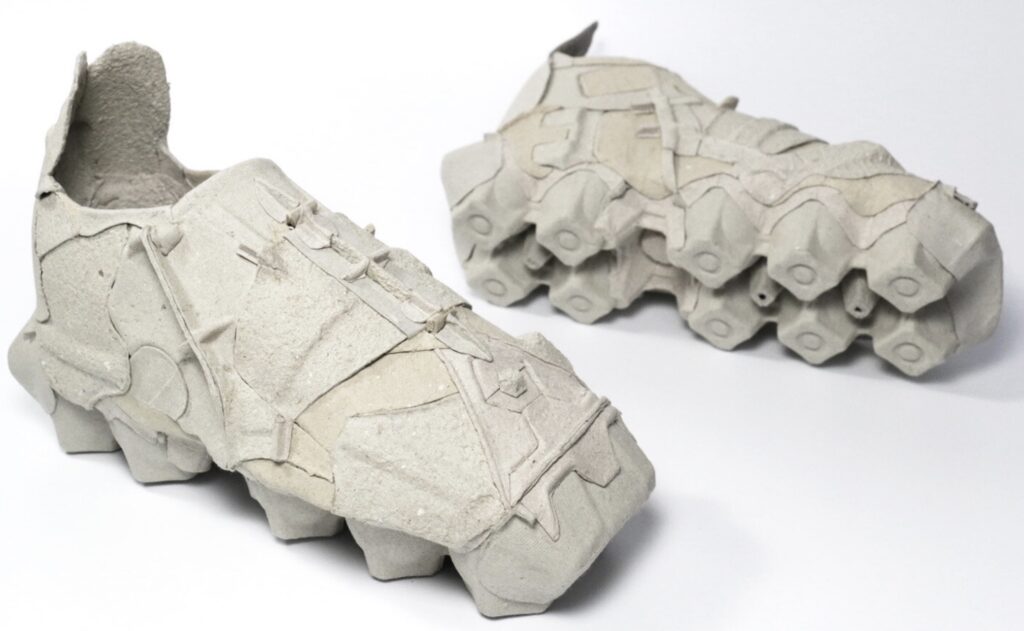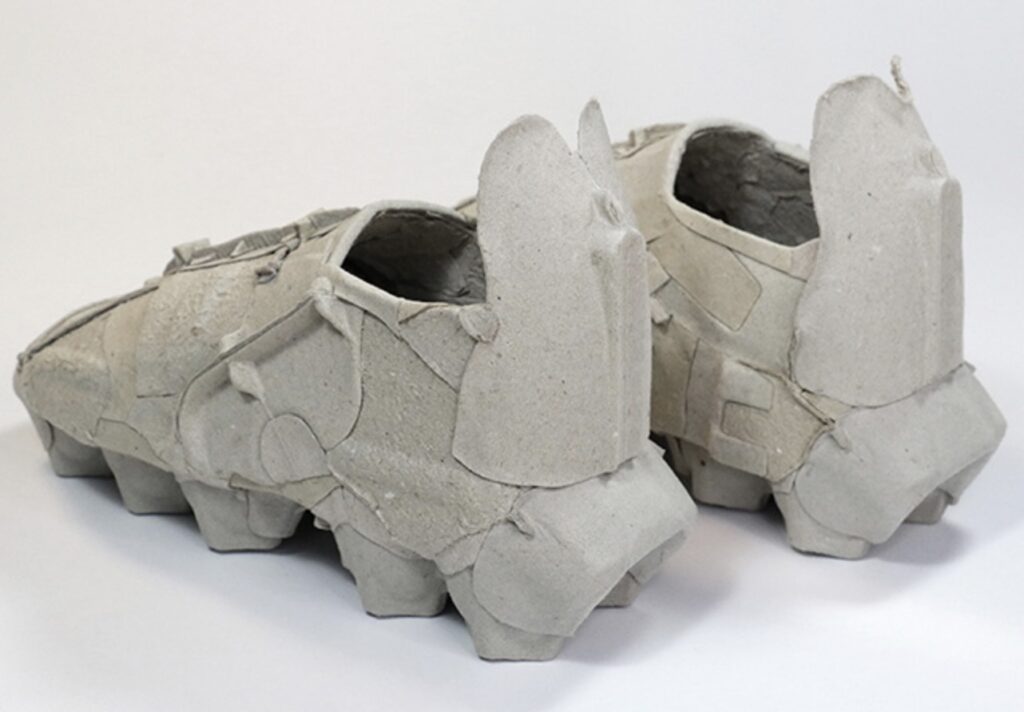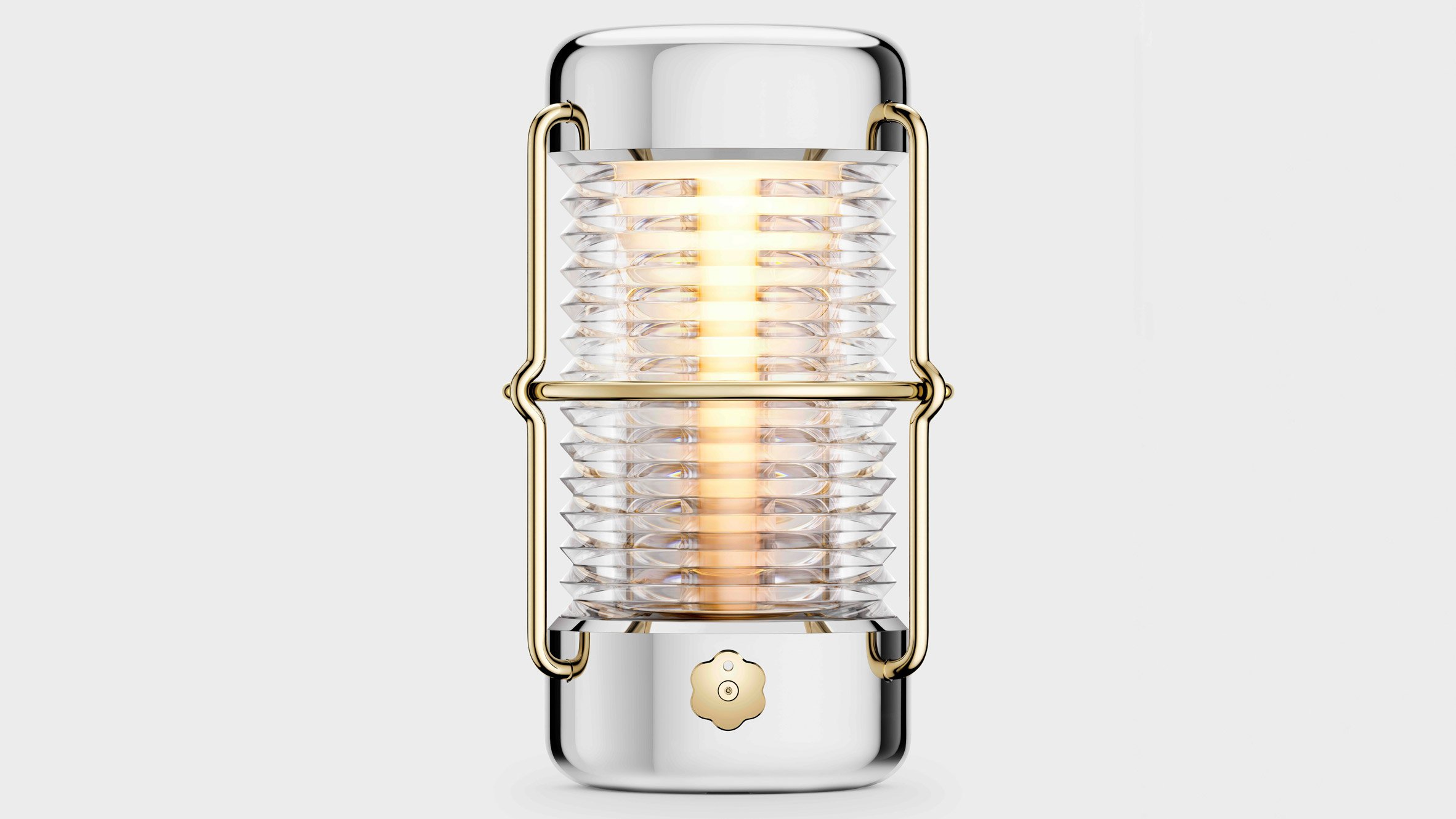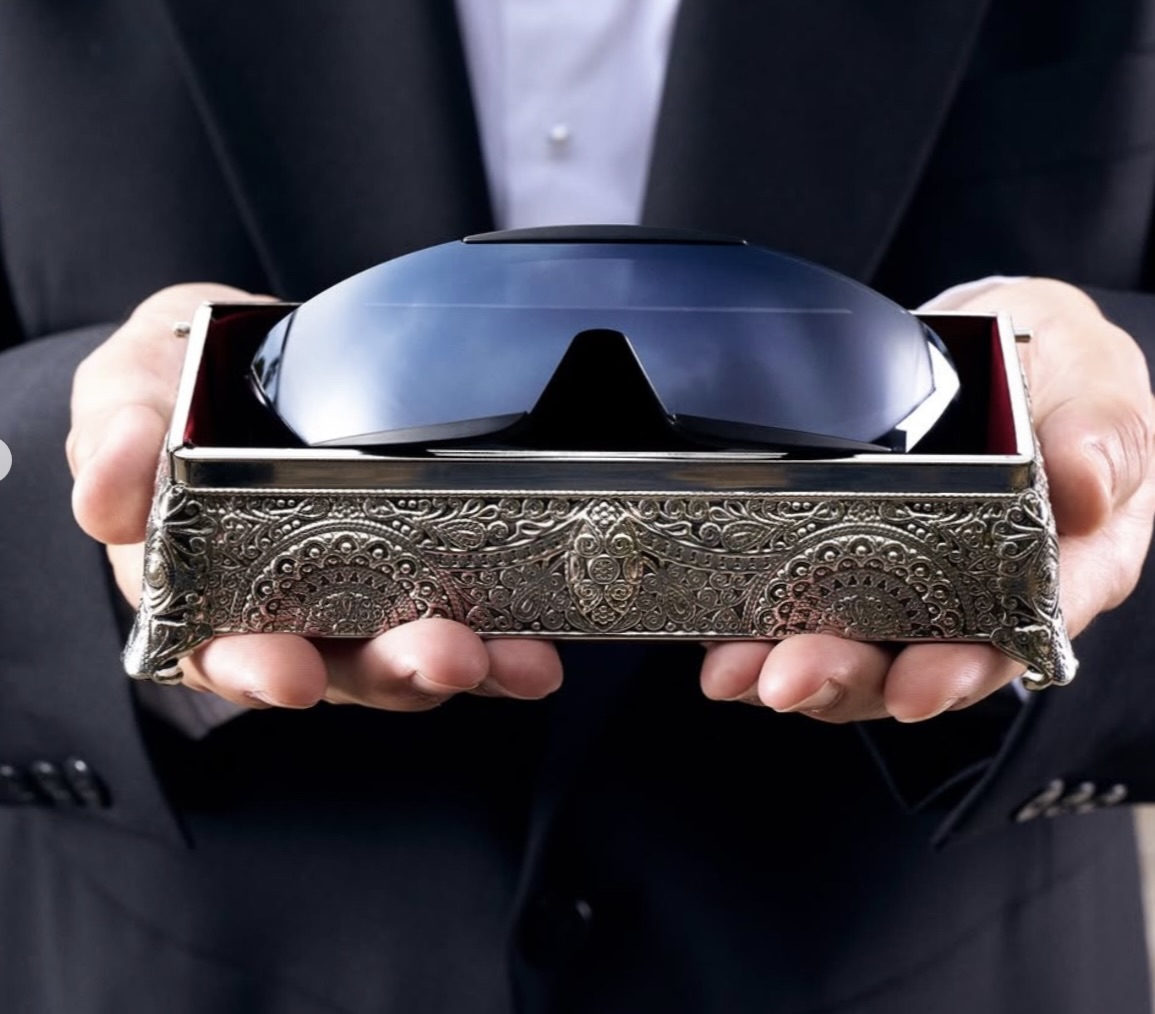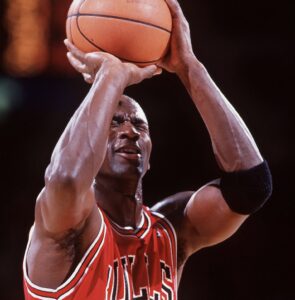reimagining waste as creative potential
Vadim Kibardin’s Egg Box Sneakers sit at the intersection of sustainability, sculpture, and conceptual design — an emblem of the Czech-based designer’s long-standing fascination with reinterpreting discarded materials. Over the last two decades, Kibardin has approached cardboard, paper, and packaging not as refuse but as raw material, challenging the entrenched assumptions of what constitutes value and permanence in design. The result is a body of work that consistently reframes the mundane and ephemeral into the poetic and enduring.
In Egg Box Sneakers, the humble cardboard egg carton becomes an unlikely muse. Rather than concealing its origins, the design celebrates the material’s texture, tone, and fragility. Each curve and fold of the sneaker recalls its source — molded pulp designed to cradle fragility — while simultaneously transcending it. It’s a visual paradox: the sneaker, a symbol of mobility and modernity, rendered from a substance designed for disposability.
the alchemy of transformation
Kibardin’s approach is grounded in transformation — a philosophy that positions limitation as a creative catalyst rather than a constraint. By embracing the irregularities and vulnerabilities of waste materials, he accesses an aesthetic language distinct from the industrial polish of conventional product design. In the Egg Box Sneakers, every crease, tear, and imperfection becomes a record of process, a tactile memory embedded in the final form.
The making of these sneakers involves minimal intervention: cutting, folding, and joining. No extraneous adhesives, no synthetic coatings — only the direct manipulation of recycled cardboard. This restraint allows the material’s natural qualities to dictate the outcome. The sneakers exist less as wearable products and more as sculptural studies, demonstrating how simplicity, when elevated through thoughtful design, can embody profound conceptual complexity.
In doing so, Kibardin questions the hierarchy of materials that has long shaped industrial aesthetics. Why must luxury be synonymous with rarity? Why must innovation rely on the new? His work proposes an alternative paradigm: one where beauty is rediscovered in what society discards, and where sustainability is not a marketing claim but an inherent design principle.
from sustainability to sensibility
While many contemporary designers explore sustainability through technology — bioplastics, digital fabrication, or circular production systems — Kibardin’s approach is almost primal. His practice suggests that ecological responsibility begins with perception. To him, sustainability is not merely about reducing waste but about re-seeing it.
The Egg Box Sneakers become a medium for that shift in perception. They prompt viewers to confront their own relationship with consumption and disposability. The familiar egg carton, typically ignored after a single use, is transformed into a symbol of endurance and ingenuity. In this sense, the work performs a kind of alchemy — transmuting the worthless into the worthy.
This transformation is both material and philosophical. By recontextualizing packaging waste into a refined design object, Kibardin blurs the line between utility and art, between product and commentary. His work resists the consumerist impulse to erase the trace of process; instead, it invites us to linger within it.
sculptural form, conceptual depth
Formally, Egg Box Sneakers echo Kibardin’s broader design language — one rooted in minimalism, monochrome palettes, and structural purity. His earlier works, such as the Cardboard Chair and White Paper Chair, also employed paper and cardboard to interrogate mass production and temporality. Yet in the sneakers, there is an added layer of intimacy. Footwear, unlike furniture, carries the imprint of the body; it moves, wears, and decays with us. By crafting a shoe from a fragile material, Kibardin creates an artifact that captures transience itself.
The sculptural form of the sneakers highlights the delicate geometry of molded pulp packaging — its ridges, negative spaces, and cellular repetition. These patterns, often overlooked in their original context, become design features in their own right. The result is a work that is both familiar and alien: the recognizable silhouette of a sneaker rendered in an unexpectedly organic medium.
Conceptually, the sneakers operate as both critique and celebration. They critique a culture obsessed with novelty and consumption, while celebrating the creative potential inherent in simplicity. The project underscores how innovation does not always require invention — sometimes, it requires rediscovery.
design
Vadim Kibardin’s work proposes a vision of design that is simultaneously futuristic and primitive. In a world dominated by high-tech materials and digital aesthetics, his commitment to low-tech, analog experimentation feels radical. He demonstrates that sustainability is not solely the domain of new materials or complex systems, but can also be achieved through mindful reinterpretation and reduction.
The Egg Box Sneakers thus belong to a broader cultural movement that reexamines waste as a site of creativity. From eco-art to material research labs, designers and artists are increasingly using discarded matter to challenge narratives of progress and obsolescence. Kibardin’s contribution lies in his ability to bridge concept and craft, to translate ecological thinking into a visually striking and intellectually resonant form.
His work is not about nostalgia or austerity but about possibility — the possibility that art and design can reshape how we see value, how we touch the world around us, and how we imagine a more sustainable future.
flow
Ultimately, Egg Box Sneakers are not about footwear at all. They are about observation, patience, and the poetic potential of the ordinary. Kibardin’s project invites us to slow down, to look again at the overlooked, and to recognize creativity as an act of transformation — not of material, but of meaning.
By transforming an egg carton into an emblem of design, Kibardin reminds us that innovation often begins not with abundance, but with attention. His sneakers, fragile yet profound, encapsulate a simple truth: sustainability is not an aesthetic trend, but a way of seeing the world anew.
No comments yet.

